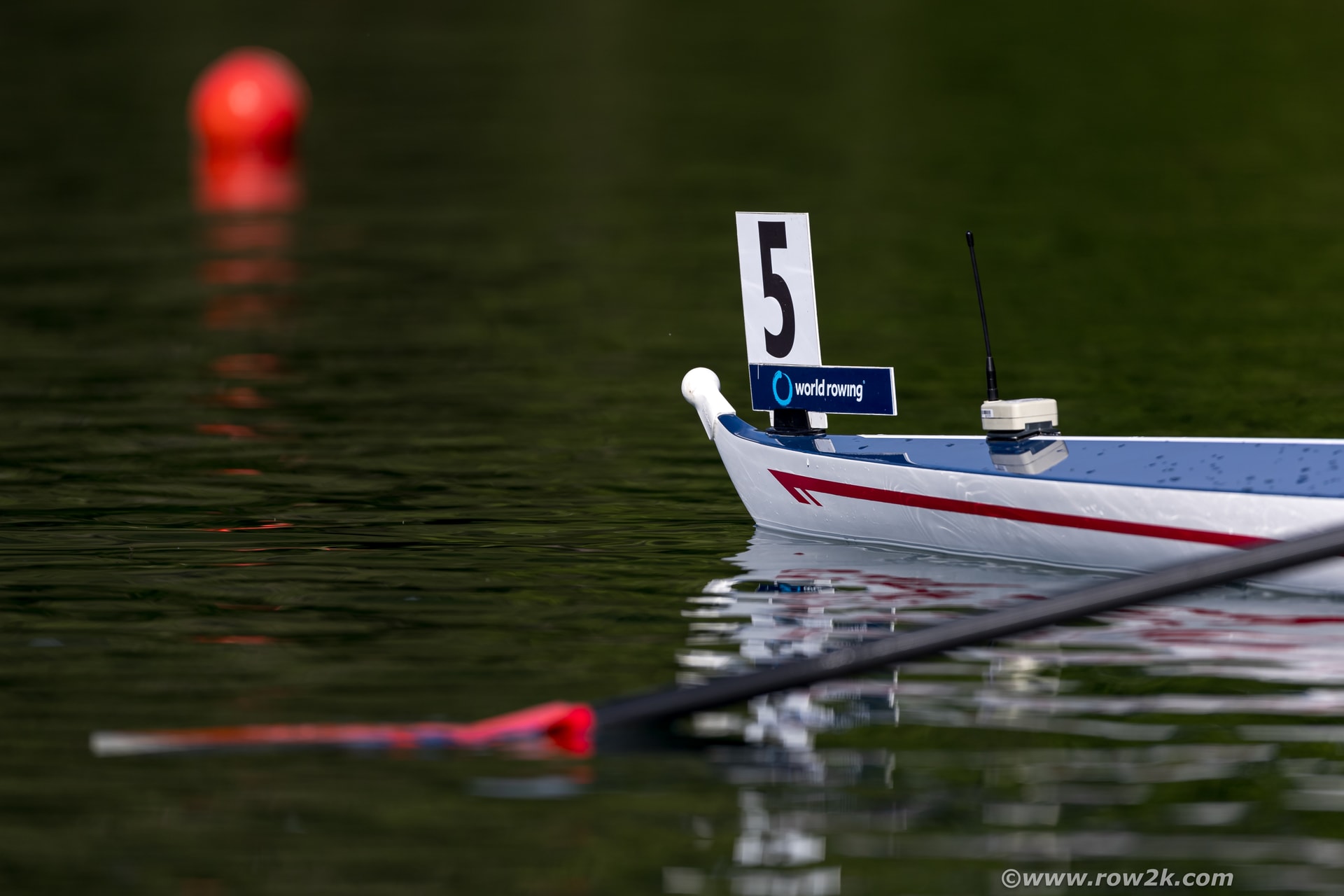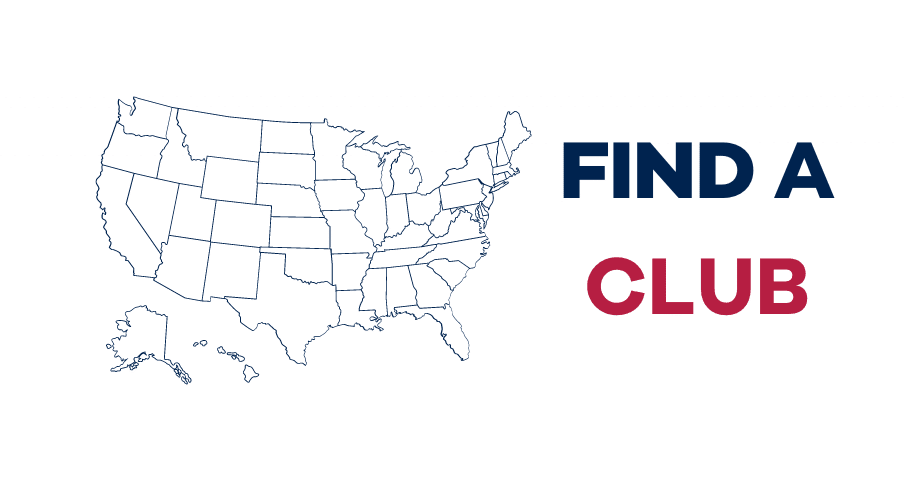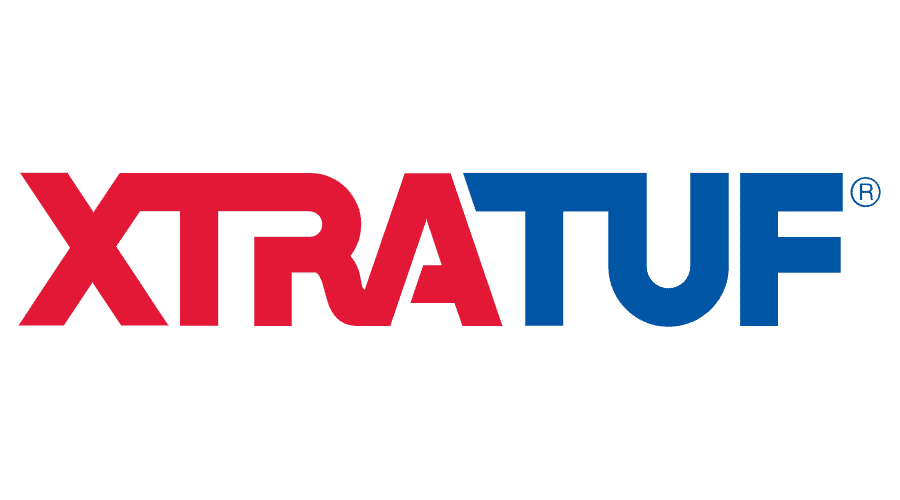Learn About Rowing

Disciplines
There are five rowing disciplines including sweep rowing and sculling in flat-water rowing, beach sprints and endurance in coastal rowing, and indoor rowing.
Sculling and Sweep Rowing
Athletes with two oars – one in each hand – are scullers. There are three sculling events: the single – 1x (one person), the double – 2x (two) and the quad – 4x (four).
Athletes with only one oar are sweep rowers. Sweep boats may or may not carry a coxswain (pronounced cox-n) to steer and be the on-the-water coach. In boats without coxswains, one of the rowers steers by moving the rudder with his or her foot or with pressure. Sweep rowers come in pairs with a coxswain (2+) and pairs without (2-), fours with a coxswain (4+) and fours without (4-) and the eight (8+), which always carries a coxswain. The eight is the fastest boat on the water. A world-level men's eight is capable of moving almost 14 miles per hour.
The pairs and fours with coxswain are sometimes the hardest to recognize because of where the coxswain is sitting. Although the coxswain is almost always facing the rowers in an eight, in pairs and fours the coxswain may be facing the rowers in the stern or looking down the course, lying down in the bow, where he or she is difficult to see.
Athletes are identified by their seat in the boat. The athlete in bow is seat No. 1. That's the person who crosses the finish line first (which makes it easy to remember – first across the line is No. 1 seat). The person in front of the bow is No. 2, then No. 3, No. 4, No. 5, No. 6, No. 7 and No. 8, a.k.a. the stroke. The stroke of the boat must be a strong rower with excellent technique, since the stroke sets the rhythm and number of strokes per minute the rest of the crew must follow.
Coastal Rowing
Coastal rowing takes place primarily on open water, and rowers manage wind and waves. The shells used for coastal rowing are wider and designed to allow water to flow out of the boat. It is a more adventurous and extreme version of rowing and is growing in popularity due to the lower cost of the coastal rowing shells, and can be done on any type of body of water.
Coastal rowing has two different formats: endurance and beach sprints:
Endurance
The endurance format is raced over 4,000 or 6,000 meters with multiple turning points. Athletes must be able to handle changes in current, navigation, and speed.
Beach Sprints
Beach sprints is fast and intense, requiring speed, agility, and an ability to navigate both waves and turns to come out victorious. Beach sprints is a head-to-head competition over 250 meters beginning with a sprint from the beach into their shells and including a 180-degree turn.
Indoor Rowing
Indoor rowing takes place on the ergometer, erg for short. The erg distance most often competed is 2000 meters for time. Indoor rowing is competed around the world and can now have virtual competitions. Indoor competitions can have multiple distances and different categories.

Education
The Launch

Safeguarding
Report a Rowing Safety Incident

Discover























